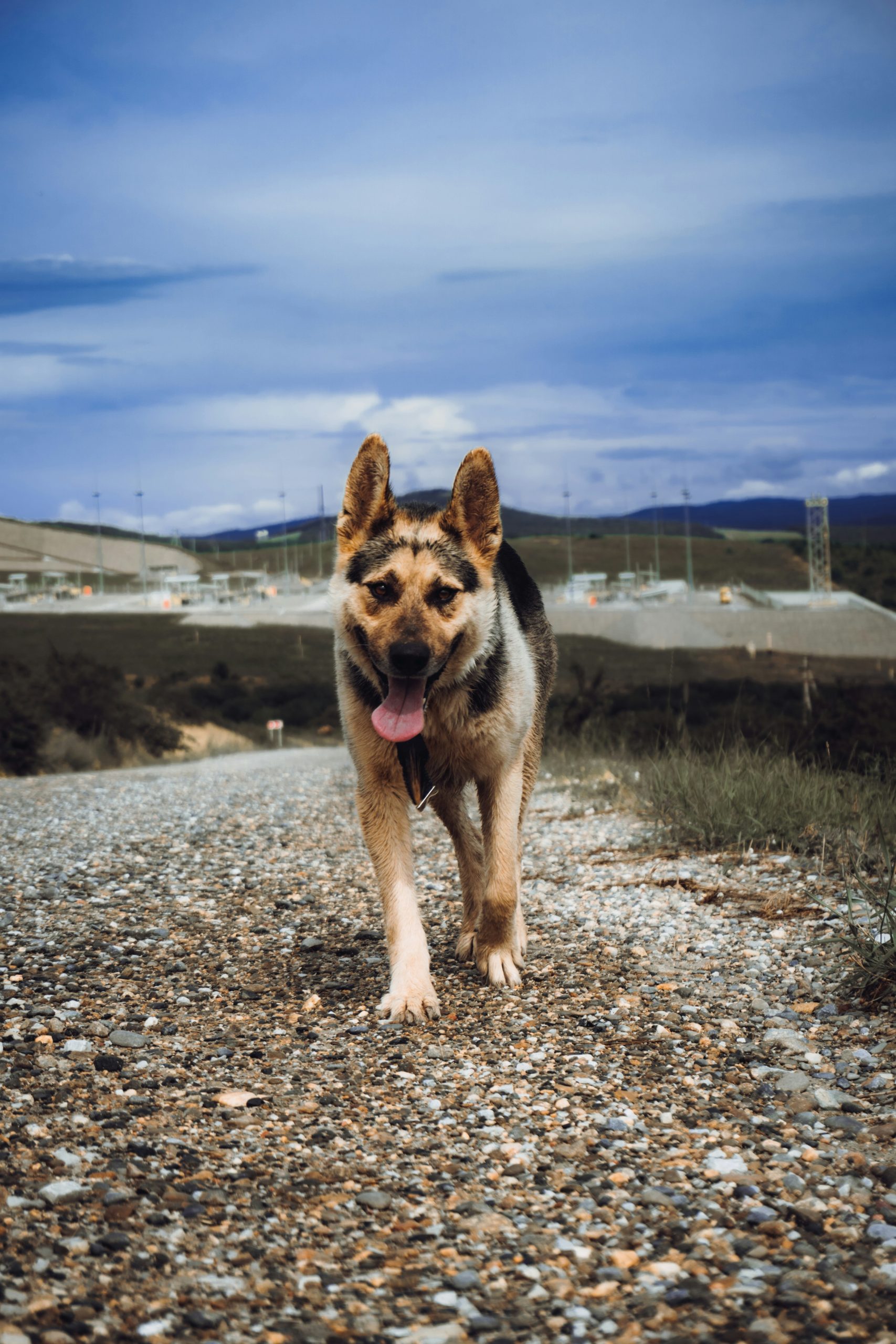Currently, under international humanitarian law (IHL), animals are treated mostly as objects and not as humans. Hence, animals are the unknown victims of armed conflicts. While humans and even objects, albeit in diverse ways, are protected under IHL, animals are ignored or IHL provides animals with only little protection. What appears is that IHL does not consider animals as they are, that is as sentient beings that might also experience pain, stress, suffering, nor does it consider their needs during conflicts. However, as we know, certain species of animals serve in the military all over the world in various capacities. The question that then arises is: when animals are used in the fields to take part in military operations, should they be treated as combatants? Should this treatment be tailored to the specific needs of these non-human creatures? Should the growing concern for animal welfare that has emerged in recent years become a reason to ensure that animals are also protected as real subjects of war and not just as mere objects of war?
Several army spokespersons have highlighted how dogs are important from an operational point of view because they support units by helping them to save the lives of soldiers in operations. In the meantime, however, dogs also lose their lives in combat actions. Last November, it was posted on social media the news of the deaths of four dogs that helped uncover booby traps and weapons stockpiles. “Specially trained dogs play an essential role in the operational activities”, the post says. They are used to search for explosives and are the first members of the army to enter areas that may contain traps.
Dogs have a long history of participating in military operations. The first mention of their participation dates to 600 BC. During the twentieth century, dogs performed important military functions in many armies in all wars. It was the United States that created the first canine unit. U.S. special forces used dogs in raids against Al Qaeda leader Osama bin Laden in 2011 and 2019, Abu Bakr al-Baghdadi, leader of the Islamic State, in 2019. In this context, it could therefore be interesting to reflect on the use of animals in conflicts and whether their specific use can have an impact and modify the current moral and legal boundaries between humans and animals. Some sociologists have investigated the U.S. military’s handling of dogs during World War II, the Vietnam War, and the wars in Iraq and Afghanistan. It turned out that, at the end of the Second World War, some attempts were made to repatriate the dogs that survived the conflict. At the end of the Vietnam War, dogs were left behind by considering them as equipment (objects). The situation during the wars in Iraq and Afghanistan was quite different. In fact, considerable progress has been made regarding inclusivity and it can also be said that dogs have been treated as canine soldiers, just like human soldiers in many ways. In this case MWD (Military War Dog, C.W.) are far from being defined as equipment.[1]IHL can no longer disregard this situation and the progress that the status and protection of animals has been made in many jurisdictions in the world.[2]A new international instrument specifically aimed at enforcing the rights of animals during armed conflicts should therefore be taken into consideration, or the existing international humanitarian law should be applied more effectively to animals by placing them in categories hitherto reserved for human beings. The latter would be difficult and challenging in the very near future because it would imply overcoming the barriers concerning the issues of the legal personality of animals, while a specific IHL instrument dedicated to this issue would not encounter many great obstacles because, as has already been said, it would only concern animals.

